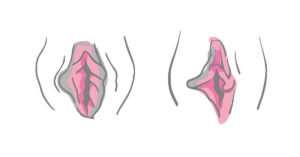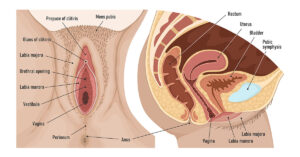
Many women at different stages of life may notice changes in the way their vagina feels, particularly a sense of looseness. This is a common concern, especially after events like childbirth, menopause, or other shifts in health and lifestyle. The vagina, like any other part of the body, can naturally lose some of its tone and elasticity as a result of hormonal changes, physical stresses, or ageing. Recognizing these changes is an important step in addressing concerns, allowing women to seek out options to regain comfort and confidence in their bodies.
What Is Vaginal Laxity?

Vaginal laxity (VL) is a condition which is not well defined however, it is characterised by a sensation of excessive looseness in the vagina, often linked to reduced sexual sensation during intercourse.1,2 An international survey of urogynecologists identified the vaginal introitus as the most commonly affected area.2 Diagnosing vaginal laxity requires careful attention to the patient’s symptoms, along with a comprehensive physical examination and psychosexual assessment to confirm the condition.3
How Common is Vaginal Laxity?
The condition affects an estimated 24% to 38% of women, particularly those who are younger, have had vaginal deliveries, or experience symptoms of pelvic organ prolapse.4 Despite its prevalence, VL is infrequently discussed with healthcare providers. This may be due to limited evidence-based treatments, patient embarrassment, or a lack of awareness among practitioners.5 However, there is growing interest in vaginal laxity treatments, particularly through female genital cosmetic surgery.6
The skin of the labia majora can lose its firmness due to a variety of factors, including:
What Makes The Vagina Loose?
Below are some of the main causes of vaginal laxity and how these changes occur:
1. Childbirth (Vaginal Delivery)
One of the most common causes of vaginal laxity is vaginal childbirth, particularly in cases where a woman has had multiple deliveries. During childbirth, the vaginal tissues, muscles, and surrounding structures stretch significantly to allow the baby to pass through the birth canal. While these tissues are designed to stretch, they don’t always return to their pre-pregnancy state completely.
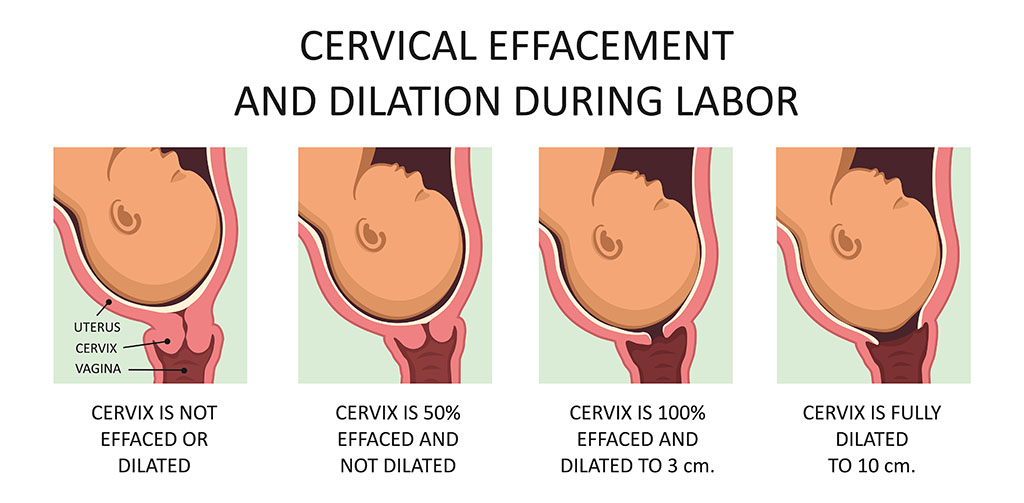
The muscles of the pelvic floor and vaginal walls are often overstretched or damaged during labour. Additionally, large babies (fetal macrosomia) or the use of instruments like forceps or vacuum during vaginal delivery can exacerbate this stretching or cause tears.
Childbirth may also cause damage to the connective tissues that provide support to the vagina. These tissues may not heal fully, resulting in a loss of vaginal tone. This stretching and damage contributes to the feeling of vaginal laxity, especially when pelvic floor muscles are weakened.
2. Hormonal Changes (Perimenopause and Menopause)
Hormonal fluctuations, particularly the decline in estrogen levels during perimenopause and menopause, have a profound impact on the structure and function of vaginal tissues.

Estrogen helps maintain the thickness, elasticity, and lubrication of the vaginal walls. As estrogen levels decrease with age, the vaginal tissues become thinner, drier, and less elastic. This weakening of vaginal tissues, known as vaginal atrophy, can contribute to a feeling of laxity.
Collagen is essential for maintaining the firmness of tissues. The natural decline in collagen production as women age leads to reduced strength and resilience in vaginal tissues. The decline in hormonal levels, particularly estrogen, can make the vaginal walls more fragile and less able to retain their tightness, which can be felt as a sensation of looseness.
3. Ageing
Ageing itself, aside from hormonal changes, leads to a gradual decline in the elasticity and firmness of all tissues, including the vaginal walls. The natural aging process involves loss of muscle tone. The muscles that support the vagina, particularly those of the pelvic floor, weaken over time. This weakening reduces the overall tone and support of the vaginal canal.
Tissue degeneration: As we age, the body produces less elastin and collagen, both critical for tissue strength and elasticity. This results in a reduction of vaginal wall elasticity and the ability to regain its pre-stretched state after childbirth or other physical stresses. As a result, women may experience vaginal laxity as they age, even without a history of childbirth.
4. Connective Tissue Disorders
Some women are genetically predisposed to connective tissue disorders that can make them more prone to experiencing vaginal laxity. Conditions like Ehlers-Danlos syndrome, which affects the body’s connective tissues, can weaken the vaginal walls and pelvic support structures, leading to increased laxity.
In these conditions, the connective tissues that normally provide firmness and support to the vaginal area may be abnormally elastic or fragile, making the vagina more prone to laxity, particularly after childbirth or other stressors.
5. Obesity
Excess weight can put additional pressure on the pelvic floor muscles and tissues. Over time, this extra strain can weaken these muscles and stretch the vaginal walls, leading to a feeling of looseness.
Obesity leads to higher intra-abdominal pressure, which places a consistent load on the pelvic floor. This constant strain weakens the muscles and tissues supporting the vagina, making laxity more likely to develop.
6. Pelvic Organ Prolapse
Pelvic organ prolapse occurs when the muscles and tissues supporting the pelvic organs (such as the bladder, uterus, and rectum) become weak, causing these organs to press against or descend into the vaginal canal. This can contribute to the sensation of vaginal looseness.

Prolapse places additional pressure on the vaginal walls, stretching them beyond their normal range and leading to a loss of tone. Women with conditions like bladder or uterine prolapse often report feelings of looseness due to the bulging or descent of these organs into the vaginal space.
Prolapse can be exacerbated by factors like multiple vaginal deliveries, chronic straining (such as from constipation), or heavy lifting, all of which place excess pressure on the pelvic floor.
7. Sexual Activities
While sexual activity itself does not cause vaginal laxity, it can contribute to temporary loosening or stretching of the vaginal tissues during intercourse. However, the vagina has a remarkable ability to return to its normal state post-intercourse.
Vaginal Changes Throughout a Woman’s Life
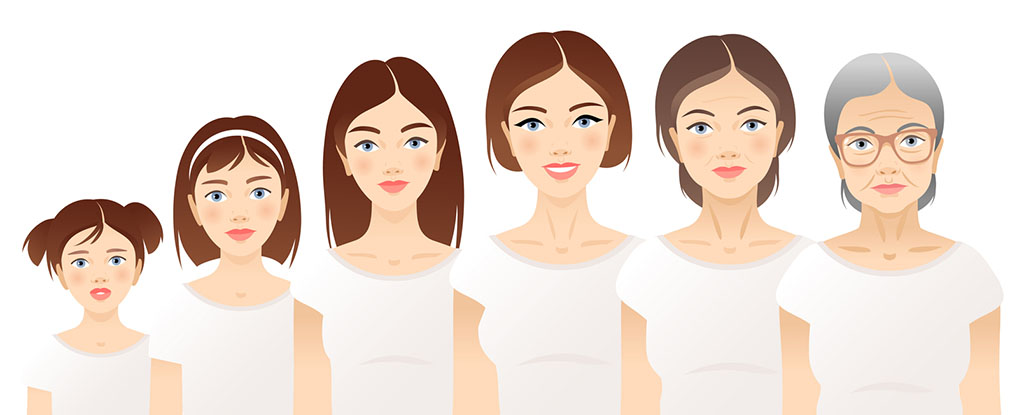
The vagina undergoes distinct changes throughout a woman’s life, influenced by factors such as hormonal shifts, ageing, and reproductive experiences. Here’s a breakdown of the key stages and changes:
1. Pre-Puberty (Infancy to Childhood)
- Minimal estrogen influence: During this period, estrogen levels are low, resulting in a thin vaginal lining.
- Neutral pH: The vaginal environment is more neutral (compared to the acidic pH in puberty and adulthood), which may make young girls more susceptible to infections.
- Minimal secretions: Vaginal secretions are sparse, and the vulva may appear more delicate.
- Hygiene considerations: Due to the lack of hormonal protection, special attention is needed to maintain hygiene and prevent infections.
2. Puberty
- Hormonal surge: The onset of puberty brings increased estrogen levels, stimulating the growth of the vagina and thickening of the vaginal lining.
- Increased lubrication: Vaginal secretions increase due to the activation of glands, and these changes support reproductive health.
- Acidic pH: The vaginal environment becomes more acidic, providing protection against infections.
- Pubic hair development: Alongside internal changes, external changes, such as the growth of pubic hair, occur.
3. Vaginal Changes During Menstrual Cycle
- Cyclic variations: Hormonal fluctuations, particularly estrogen and progesterone, affect the thickness of the vaginal lining and lubrication levels.
- Increased lubrication mid-cycle: Ovulation typically results in more secretions, aiding sperm movement and increasing comfort during intercourse.
- Sensitivity changes: Hormonal fluctuations throughout a woman’s menstrual cycle can have a significant impact on vaginal sensitivity, sexual arousal, and overall sensation. These changes are primarily driven by two key hormones, estrogen and progesterone, which rise and fall at different points in the cycle, influencing how the body responds to sexual stimuli.
4. Vaginal Changes During Pregnancy and Postpartum
- Increased blood flow and darkening: Pregnancy brings increased vascularity to the vagina, sometimes causing a purplish hue (Chadwick’s sign).
- Elasticity increases: The vaginal walls stretch and become more elastic in preparation for childbirth.
- Postpartum healing: After childbirth, the vagina requires time to recover, and women may experience temporary laxity, tearing, or dryness, especially if breastfeeding (due to lower levels of estrogen).
5. Perimenopause and Menopause
- Decline in estrogen: As estrogen levels decrease, vaginal atrophy can occur, causing the vaginal lining to thin and become more fragile.
- Reduced lubrication: Vaginal dryness is common during this time, making intercourse uncomfortable for some women.
- Decreased elasticity: The vaginal walls lose some of their stretch, potentially leading to feelings of discomfort.
6. Post-Menopause and Aging
- Continued thinning: Vaginal atrophy can worsen over time, with further thinning of the lining and potential fragility.
- Decreased blood flow: There is reduced blood flow to the vaginal area, contributing to decreased sensitivity.
- Changes in vaginal flora: The pH balance may shift again, altering the vaginal flora and increasing the risk of infections like bacterial vaginosis or urinary tract infections.
From infancy through ageing, each life stage brings unique vaginal changes, highlighting the importance of tailored care for optimal vaginal health at every phase.
Common Myths About Vaginal Laxity

Here are some of the most common myths about vaginal laxity and the reality behind them.
Myth 1: Childbirth Always Causes Permanent Vaginal Looseness
Reality: While it’s true that vaginal delivery stretches the vaginal walls and pelvic floor muscles, it doesn’t always result in permanent vaginal looseness. After childbirth, the vaginal tissues naturally regain much of their elasticity and tone over time, especially with proper pelvic floor exercises like Kegels. Some women may experience temporary looseness, but many regain their pre-pregnancy tightness with time and exercise. In some cases, childbirth can lead to long-term changes, but these are often manageable with physical therapy or other treatments.
Myth 2: The More Sexual Partners You Have, the Looser Your Vagina Becomes
Reality: This is one of the most persistent and harmful myths about vaginal laxity. Vaginal looseness has nothing to do with the number of sexual partners a woman has had. The vagina is a muscular organ designed to stretch and return to its normal state after sexual activity. The feeling of vaginal laxity is more related to factors like ageing, childbirth, or hormonal changes than sexual history. The number of sexual partners or frequency of intercourse does not affect vaginal tightness long-term.
Myth 3: Ageing Naturally Leads to Severe Vaginal Looseness
Reality: While ageing does bring changes to the body, including the vagina, it doesn’t necessarily result in severe vaginal laxity for all women. Menopause, with its associated drop in estrogen, can lead to vaginal atrophy (thinning and dryness of the vaginal walls), but this is different from vaginal laxity. While some women may feel a change in tightness due to weakening muscles and connective tissues, ageing doesn’t automatically mean significant or problematic vaginal looseness. Regular pelvic floor exercises can help maintain muscle tone and reduce the likelihood of laxity as women age.
Myth 4: Surgery Is the Only Solution for Vaginal Laxity
Reality: Surgery, such as vaginoplasty, is not the only solution for vaginal laxity. In fact, many women can significantly improve the sensation of vaginal tightness with non-invasive methods. Pelvic floor exercises (Kegels) are highly effective in strengthening the muscles that support the vagina, improving tone and reducing laxity. Pelvic floor physical therapy can also help women restore muscle control and address any discomfort associated with vaginal laxity. In addition, some women opt for laser therapies or radiofrequency treatments, which are non-surgical methods that stimulate collagen production in vaginal tissues, helping to tighten and rejuvenate the area.
Myth 5: A Loose Vagina Is Always Linked to Sexual Dysfunction
Reality: Vaginal laxity doesn’t necessarily equate to sexual dysfunction. While some women may experience reduced sensation during intercourse due to vaginal laxity, others may not notice any change in their sexual satisfaction. Sexual function is influenced by many factors, including emotional connection, mental health, and overall physical well-being. Vaginal laxity is just one potential factor, and it doesn’t always result in diminished sexual pleasure. Many women with vaginal laxity continue to have fulfilling and pleasurable sexual experiences, with or without treatment.
Myth 6: Vaginal Laxity Can Be Prevented by Avoiding Vaginal Delivery
Reality: While vaginal delivery is a common cause of vaginal laxity, opting for a cesarean section doesn’t guarantee prevention. Other factors, such as genetics, hormonal changes, ageing, and lifestyle habits (like physical inactivity or being overweight), can also contribute to vaginal laxity. It’s also important to note that cesarean sections come with their own risks, and choosing this method of delivery solely to avoid vaginal laxity is not recommended without discussing other medical reasons with a healthcare provider.
Myth 7: All Women Experience Vaginal Laxity After Menopause
Reality: Menopause can lead to changes in the vagina due to reduced estrogen levels, including dryness and thinning of the vaginal walls, but not all women experience vaginal laxity. While some may notice a difference in the elasticity of their vaginal tissues, others may not feel any change at all. Additionally, any laxity associated with menopause can often be improved through hormone replacement therapy (HRT), vaginal moisturizers, or targeted exercises for the pelvic floor.
Myth 8: There’s Nothing You Can Do to Improve Vaginal Laxity
Reality: Vaginal laxity is not an irreversible condition. There are many options available to women who want to address it. Beyond surgery, non-invasive treatments such as pelvic floor exercises, physical therapy, and laser or radiofrequency treatments can help restore tightness and improve muscle tone. Kegel exercises, in particular, are an excellent way to strengthen the pelvic floor and enhance vaginal tightness. In more severe cases, consulting a healthcare provider for personalized treatment options is recommended.
Professional Care For Your Vaginal Health
Vaginal laxity is a normal part of aging and childbirth. Don’t let it worry you. Talk to your doctor about pelvic floor exercises, non-invasive treatments, and other ways to manage your pelvic health. It is common, and you can maintain your confidence and well-being.
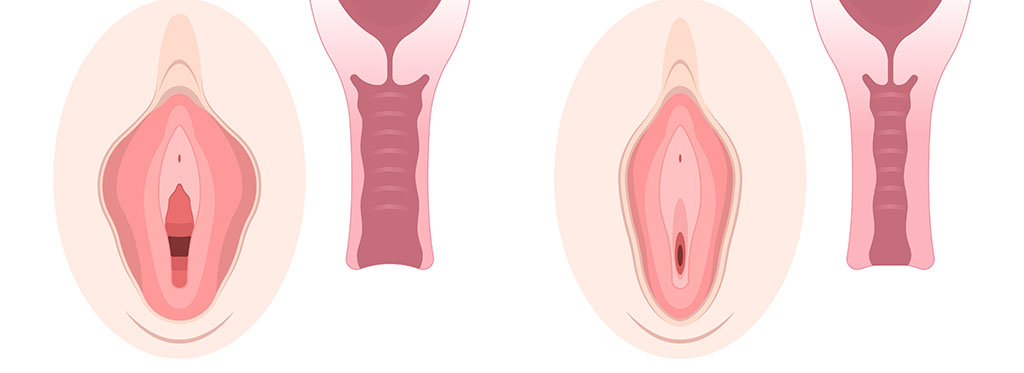
Experience enhanced comfort, function, and self-esteem with our personalized labiaplasty procedures at Labiaplasty NYC. Our expert gynecologists will guide you through every step, from pre-operative care to post-operative recovery. Schedule a consultation today to learn more.
References
- Haylen, B.T., De Ridder, D., Freeman, R.M., Swift, S.E., Berghmans, B., Lee, J., Monga, A., Petri, E., Rizk, D.E., Sand, P.K. and Schaer, G.N., 2010. An International Urogynecological Association (IUGA)/International Continence Society (ICS) joint report on the terminology for female pelvic floor dysfunction. Neurourology and Urodynamics: Official Journal of the International Continence Society, 29(1), pp.4-20.
- Pauls RN, Fellner AN, Davila GW. Vaginal laxity: a poorly understood quality of life problem; a survey of physician members of the International Urogynecological Association (IUGA). International urogynecology journal. 2012 Oct;23:1435-48.
- Krychman ML. Vaginal laxity issues, answers and implications for female sexual function. J Sex Med. 2016;13:1445–7.
- Dietz HP, Stankiewicz M, Atan IK, Ferreira CW, Socha M. Vaginal laxity: what does this symptom mean? Int Urogynecol J. 2018;29:723–8.
- Millheiser LS, Pauls RN, Herbst SJ, Chen BH. Radiofrequency treatment of vaginal laxity after vaginal delivery: nonsurgical vaginal tightening. J Sex Med. 2010;7:3088–95.
- Hamori CA. Aesthetic surgery of the female genitalia: labiaplasty and beyond. Plast Reconstr Surg. 2014;134:661–73.
